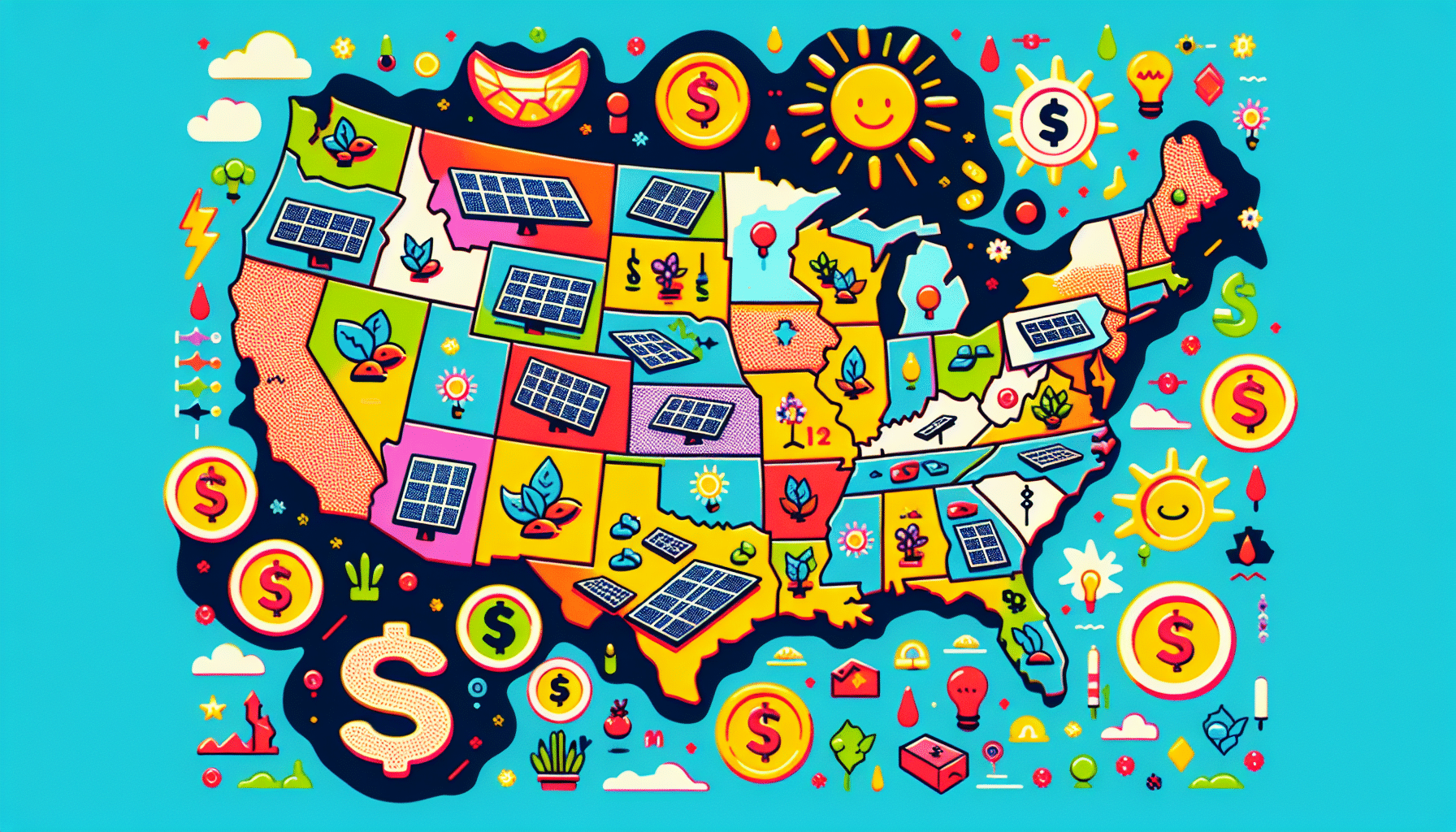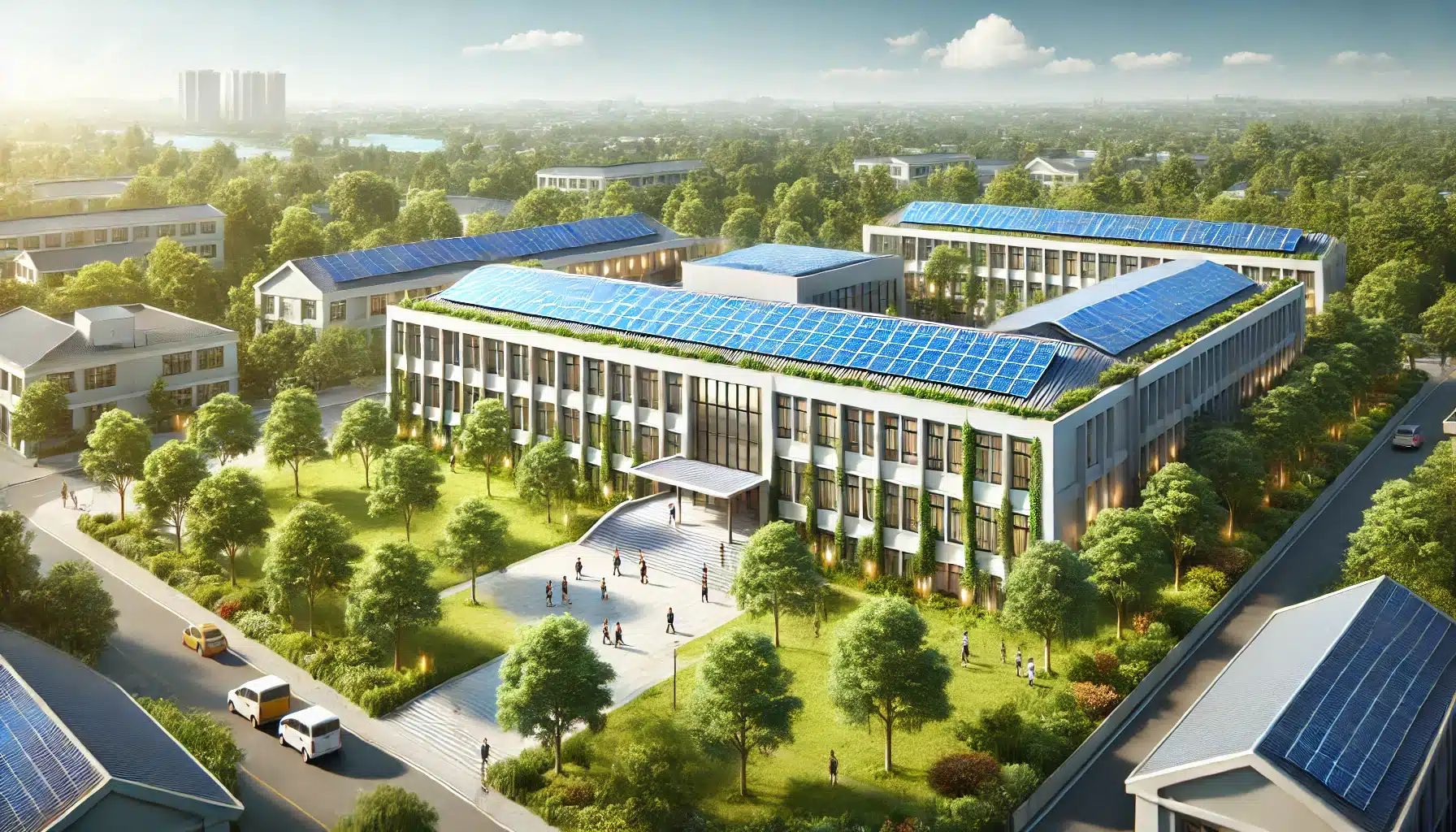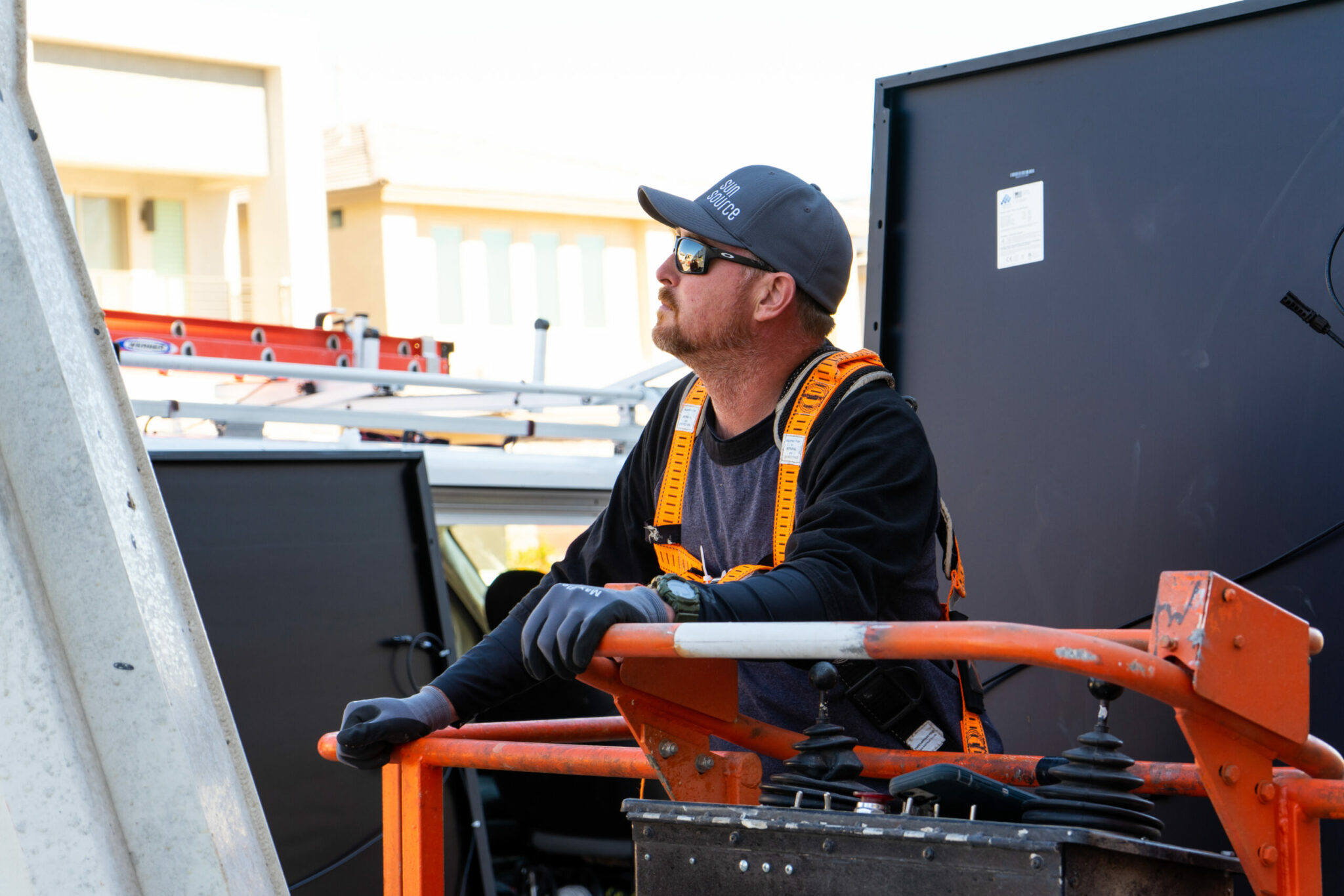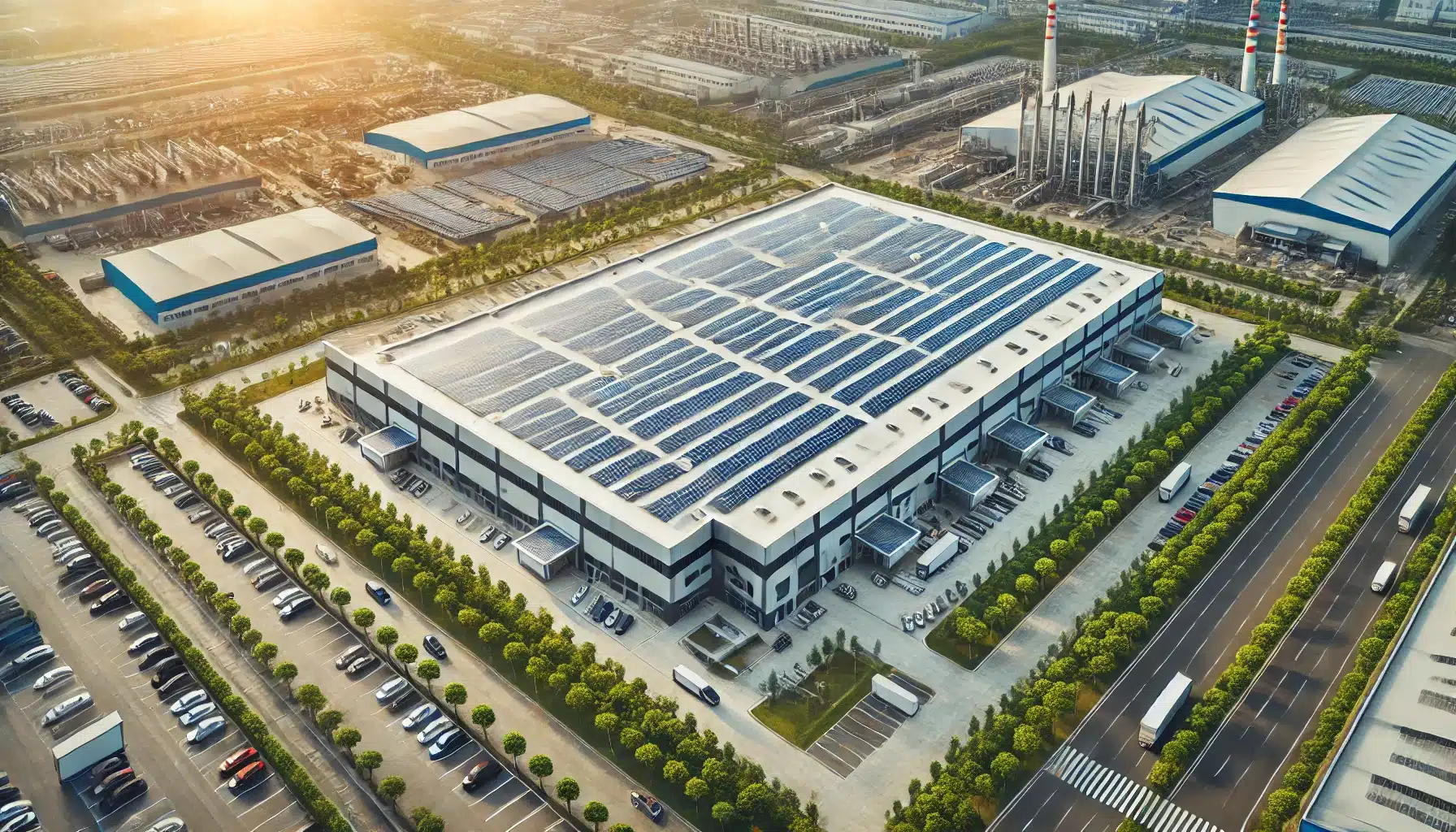Key Takeaways
- Solar panel costs have dropped significantly, returning to pre-pandemic levels and making them even more accessible for homeowners in 2024.
- Technological advancements and economies of scale have led to a 90% reduction in solar panel prices over the last decade, with further reductions likely in the future.
- Federal incentives, such as the Investment Tax Credit, ensure long-term affordability for solar installations, encouraging homeowners to invest now and benefit from immediate savings.
Current Trends in Solar Panel Prices

Entering 2024, solar panel costs returned to pre-pandemic levels, presenting a favorable opportunity for those looking to install solar panels. The average cost for an 11 kW solar system installation is projected to be around $20,948 after federal tax credits, showcasing a significant investment for homeowners. The average cost-per-watt for solar installations in the U.S. is around $2.75 before incentives, making solar energy more accessible than ever.
Solar panels now account for less than one-third of the total costs of solar installations, emphasizing the significant roles of labor, permits, and equipment. While inflation and past supply chain issues temporarily raised the cost of solar installations, the current easing of these problems in the solar market suggests future cost reductions.
The overall trend in solar panel prices has been downward since 2010, and recent data suggests this trend will continue. Prices rose in 2021 and 2022 due to rising material costs and supply chain issues, but recent trends show that solar panels are becoming more affordable again. This promising outlook makes 2024 a potentially great year for solar investments.
Historical Cost Reductions in Solar Panels
Over the last decade, solar panel costs have dropped by roughly 90%, largely due to significant advancements in solar technology and increased production scale. The average solar costs per watt of solar in the U.S. before incentives is $2.75/W, illustrating the significant cost evolution over time.
Solar prices consistently drop by about 20% with each doubling of global installed capacity, showcasing a clear trend of decreasing costs. Over the past twenty years, this downward trend has made solar photovoltaic systems in the U.S. much more affordable, creating a positive outlook for further reductions.
Technological Improvements
Innovations in solar cell technology have significantly increased efficiency and reduced costs. New materials used in solar panels have further lowered overall expenses, making solar electricity and renewable energy more accessible to a wider audience. Additionally, solar power has played a crucial role in this transformation.
Advancements in cell efficiency and new materials have been key in reducing solar panel prices. These innovations enhance performance and lifespan, boosting the overall value of solar panels.
Increased Production Scale
Increased manufacturing capacity has significantly boosted the availability of solar panels. Major manufacturers have scaled up production to meet rising demand, achieving economies of scale that lower the per-unit cost of solar panels.
As production increases, market competition intensifies, driving down prices and making solar panels more accessible. Recent technological advancements in production methods have also led to higher efficiency and lower manufacturing costs, benefiting consumers.
Factors Influencing Future Solar Panel Prices
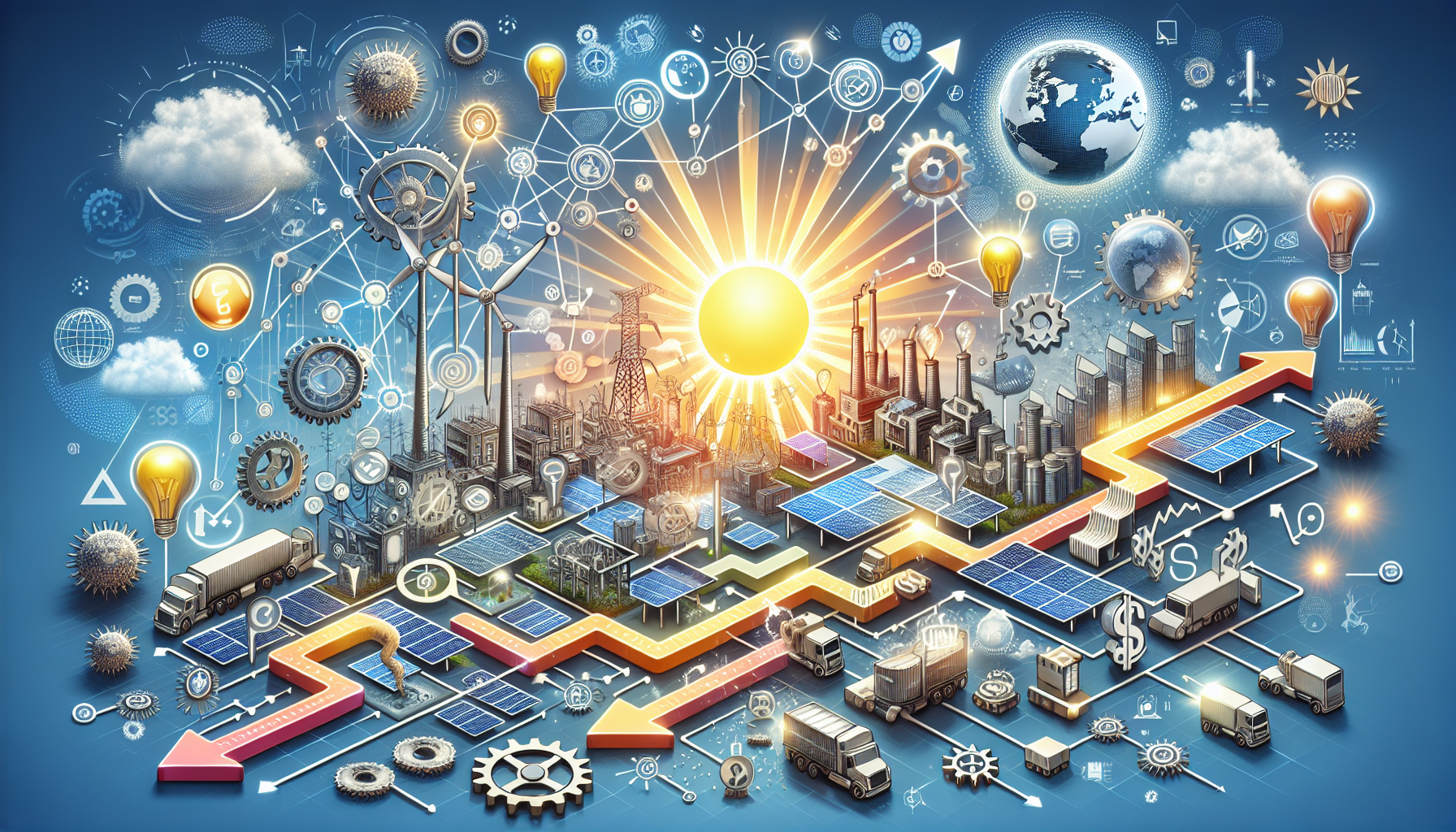
Several factors will influence future solar panel prices. Technological advancements and improved energy storage solutions are expected to continue driving costs down, resulting in shorter payback periods and making solar energy more attractive.
Return on investment and up-front costs are key consumer considerations. While exact future prices are hard to predict, multiple factors suggest that solar panel costs will continue to drop, becoming more budget-friendly.
Supply Chain Dynamics
Recent supply chain issues have slightly increased solar panel prices. However, the solar industry, along with larger manufacturing operations and economies of scale, has significantly reduced production costs.
While supply chain disruptions may temporarily elevate prices, advancements in manufacturing efficiency and scale could reduce costs in the long term. Wider adoption of solar energy also drives down costs through increased competition and economies of scale.
Federal Policies and Incentives
Federal policies, such as the Inflation Reduction Act (IRA), invest heavily in alternative energy sources, significantly reducing solar panel costs. The IRA offers 10 years of relative certainty to the solar market, promoting stability and growth, as highlighted by the solar energy industries association.
The Investment Tax Credit (ITC) remains at 30% through 2032, enhancing solar affordability. Together, these federal policies and incentives work to make solar panel installations more accessible and affordable for consumers.
The Role of Federal Tax Credits
The federal solar tax credit lets homeowners deduct 30% of installation costs from federal taxes, significantly reducing the financial burden of solar installation. The ITC was increased to 30% for solar installations completed between 2022 and 2032, making it a valuable incentive for those looking to invest in solar.
To be eligible for the federal solar tax credit, the solar PV system must be installed at and owned by the homeowner’s residence. Claimable expenses include costs for solar panels, installation labor, and energy storage devices.
Energy Storage and Its Impact on Costs
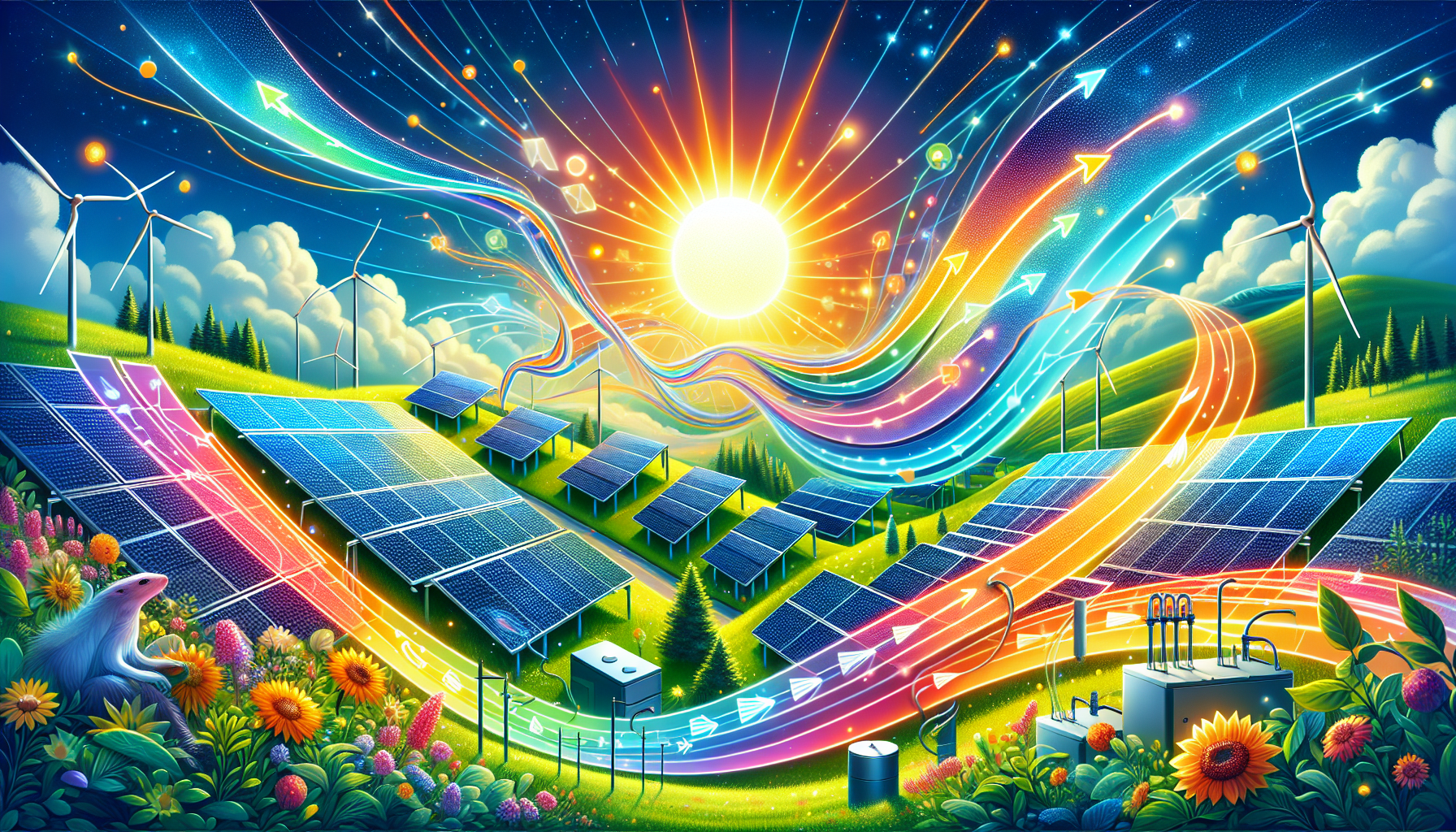
Improved energy storage systems enhance solar energy reliability, making it more attractive to consumers. Higher-quality batteries lead to better performance and longevity, justifying a higher initial investment of excess energy.
Battery type, brand, and storage capacity significantly influence the overall expenses of solar energy systems. These factors are crucial for maximizing the benefits of solar installations.
Regional Variations in Solar Panel Costs
The total cost of a solar system varies significantly by region due to state-level incentives and local market conditions. Factors such as sunlight received, local incentives, and individual energy requirements play crucial roles in determining installation costs.
For example, states with higher electricity rates generally see greater savings from solar energy installations. Hawaii residents, for instance, see bigger savings compared to those in states like Utah. Local government incentives can also significantly reduce costs, sometimes by $2,500 or more.
State Incentives and Rebates
State and local incentives can further reduce the financial burden of solar installation, making it more accessible. Each state may offer unique financial incentives such as tax credits and rebates for solar system installations.
Local utility companies often offer rebates for solar panel installations, further reducing overall expenses. Some states also offer property tax exemptions for solar installations, allowing homeowners to avoid increased property taxes due to the added value of a solar panel system.
Payment Options for Solar Panels
The three main ways to pay for solar panels are cash purchase, solar loan, and solar lease. Purchasing with cash offers the best long-term savings, while solar loans often come with fixed interest rates and monthly payments, making them a manageable financing option.
Leases and power purchase agreements typically result in lower long-term savings compared to owning the system. Subsidized loan programs from state or local agencies can also help homeowners finance solar panel installations.
Cost Savings from Solar Panels

Households may save between:
- $25,500 and $33,000 over 25 years from solar panel installation
- $20,166 on electricity over 10 years with an average monthly bill of $150
- About $1,500 annually with a well-optimized solar system
The break-even point for solar panel investments is often around eight years, providing a clear timeline for expected returns.
How to Choose the Right Solar Installer
Choosing the right solar installer is vital for a successful project. Accreditation from recognized organizations like NABCEP ensures the installer meets industry standards. Installers should have at least three years of experience in solar system installations.
Installers must provide clear answers regarding the installation process and costs. Reading customer reviews and obtaining testimonials helps gauge an installer’s reputation. Consulting friends or neighbors who have previously installed solar systems can also provide valuable recommendations.
Should You Wait or Buy Now?
The Investment Tax Credit (ITC) offers a unique opportunity for affordability in solar panel pricing. Solar panel prices have decreased significantly over the past decade, now about half as expensive as they were 10 years ago. Buying now secures reliable access to electricity and helps mitigate the impact of potential future power outages.
Waiting to install solar panels may result in losing state-level incentives, which fluctuate more than federal tax credits. While prices are likely to continue decreasing over the next decade, the immediate benefits of installing now, such as energy savings and tax credits, make a compelling case for acting sooner rather than later.
Summary
In summary, solar panel prices have trended downward over the past decade and are expected to continue doing so. Technological advancements and increased production scales have played a significant role in this reduction. Federal and state incentives, including the federal solar tax credit, make solar installations more affordable.
Taking advantage of current incentives and benefits can lead to significant cost savings and energy efficiency improvements. Whether you choose to install solar panels now or wait, staying informed about trends and incentives will help you make the best decision for your energy needs.
Frequently Asked Questions
How much can I save by installing solar panels?
By installing solar panels, you can save between $25,500 and $33,000 over 25 years, making it a wise investment for your future!
What are the main factors influencing solar panel prices?
Technological advancements and increased production scale, along with supply chain dynamics and federal incentives, significantly influence solar panel prices. Understanding these factors can help you make informed decisions for a sustainable energy future.
What are the benefits of federal tax credits for solar panel installations?
Federal tax credits for solar panel installations can reduce your installation costs by 30%, making it a financially savvy choice for homeowners. Embracing solar energy not only saves you money but also supports a sustainable future!
How do regional variations affect the cost of solar panel installations?
Regional variations can positively impact the cost of solar panel installations, as local incentives and abundant sunlight can lead to lower overall expenses. Embracing these factors can make solar energy more accessible and affordable for your community!
Should I wait to buy solar panels or install them now?
Installing solar panels now allows you to enjoy immediate energy savings and take advantage of federal tax credits. Don’t miss out on these benefits—make the leap to solar energy today!


